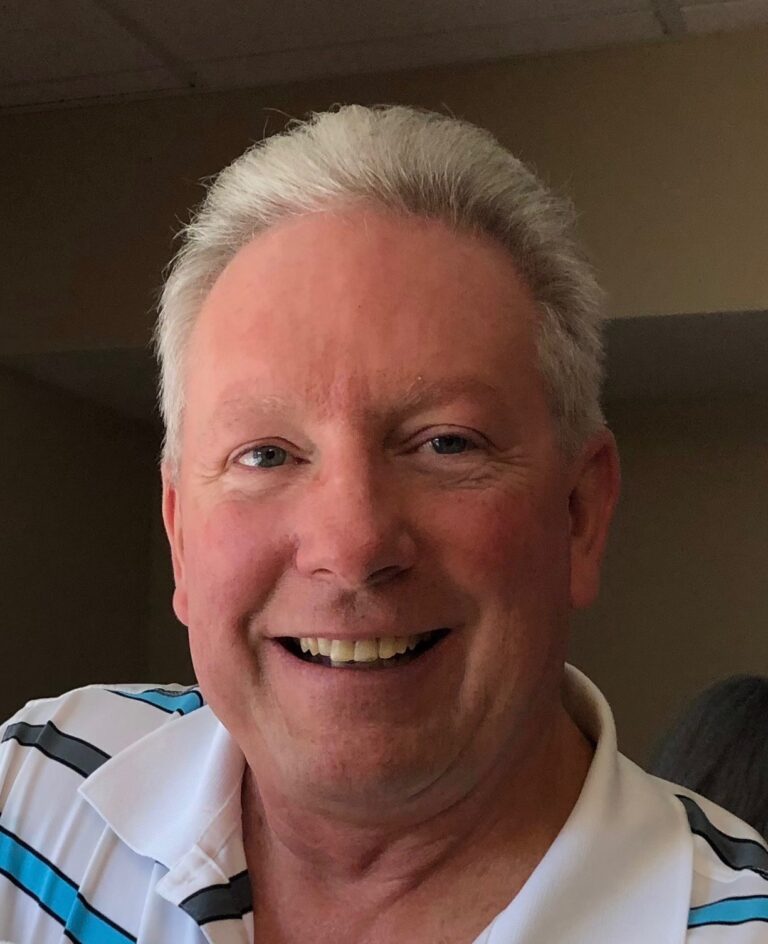
What on Earth is Good for Trees? Print!
 We’re all used to hearing the phrase, “Go Green! Go Paperless!” But did you know that collective investment in paper-based products actually helps the environment? It’s true.
We’re all used to hearing the phrase, “Go Green! Go Paperless!” But did you know that collective investment in paper-based products actually helps the environment? It’s true.
The most valuable resource our planet has is real estate. Undeveloped land is ripe for sale for agricultural use or land development. With that development comes mass deforestation. Since 60% of our nation’s forests are commercially owned, those forests need to produce income for their owners or they are at risk. Therefore when you invest in forest-based products such as direct mail, marketing collateral, or point-of-purchase displays, you are protecting our nation’s forests by supporting the market for the products forest resources produce.
But isn’t harvesting of trees for fiber bad for the environment? If you have images of clear-cutting from the early 1900s, you can get them out of your head. Today’s forest harvesting is done responsibly, often using selective harvesting techniques. Forests are also being harvested using certified sustainable forest management practices.
With sustainable forestry, forests are managed by professional foresters to actually improve forest health. In this process, foresters look at the natural diversity of the forest, the topography and riparian areas, and the needs of local wildlife. They balance those needs with their forest management goals. By removing specific trees and opening up the forest floor to more sunlight, for example, foresters can improve habitat for specific species of birds; encourage proliferation of grasses, berry bushes, and other food sources; and provide protection and nesting areas for small animals and birds.
Forests can be harvested in different ways to promote different mixes of species depending on the desires of the landowners. Special care is taken to protect watersheds and naturally occurring riparian areas.
Sustainable forestry also targets diseased trees and can remove them before diseases spread, creating healthier forests.
To optimize the value that your paper purchases provide to the environment, you can purchase paper certified through the Forest Stewardship Council (FSC), Forest Sustainability Initiative (FSI), or other environmental certification organizations. Environmentally certified paper costs slightly more than non-certified paper, but you can be sure that the pulp used to make the paper is harvested sustainably and that the manufacturing process is environmentally sound.
Want to “go green”? Invest in paper.







